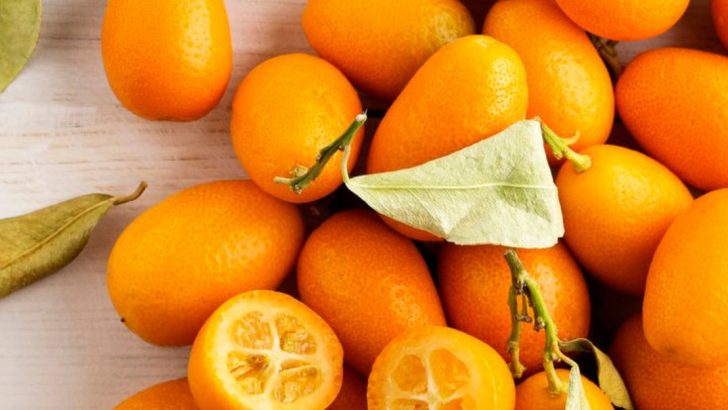The world of citrus extends far beyond the familiar lemons and oranges sitting in your fruit bowl. Hidden in tropical orchards and specialty markets lurk bizarre, delicious fruits with mind-blowing flavors and appearances.
From Japan to Jamaica, farmers have cultivated these tangy treasures for centuries, each with unique health benefits and culinary uses.
1. Yuzu

Japan’s golden child of the citrus world packs a flavor punch that’s knocked chefs sideways! Imagine a lemon and mandarin had a baby with attitude.
Too tart to eat raw, yuzu’s aromatic oils transform soups, cocktails, and desserts into sensory experiences. Japanese bathers even toss whole fruits into hot tubs during winter solstice!
2. Buddha’s Hand
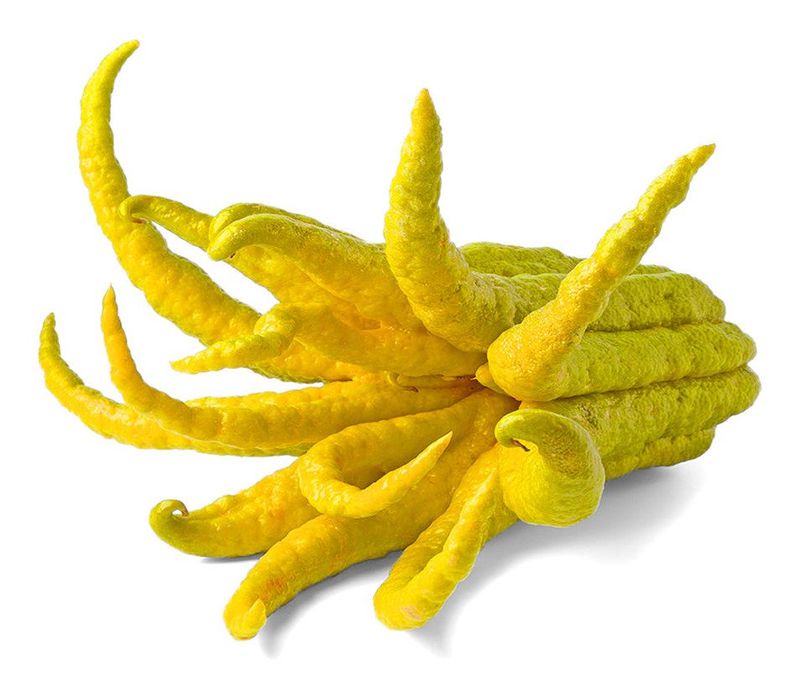
Freakishly tentacled and resembling a yellow squid more than fruit, Buddha’s Hand might scare the daylight out of unsuspecting shoppers!
No juice, no pulp—just pure fragrant zest. Ancient Chinese households treasured these fingered citrons as natural air fresheners.
3. Calamansi
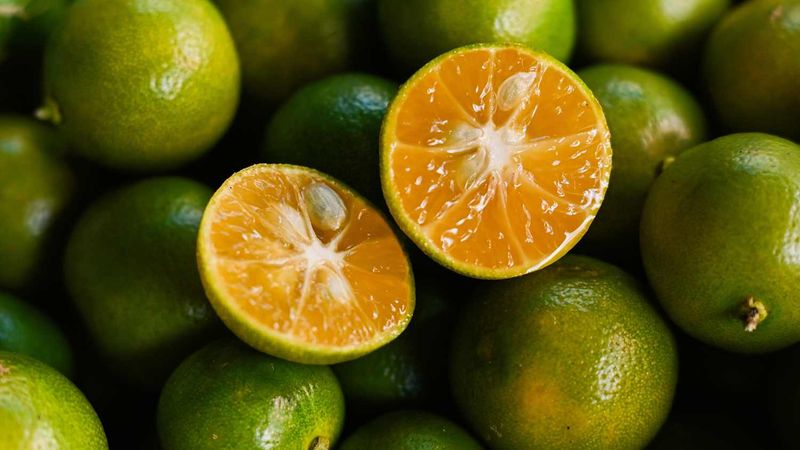
Tiny green bombs of flavor that Filipino cuisine couldn’t exist without! Barely larger than a quarter, these mighty mites pack the punch of lemons with mandarin sweetness lurking behind.
Street vendors squeeze calamansi over grilled meats, while home cooks transform the juice into refreshing beverages. Nature’s perfect cocktail garnish!
4. Bergamot
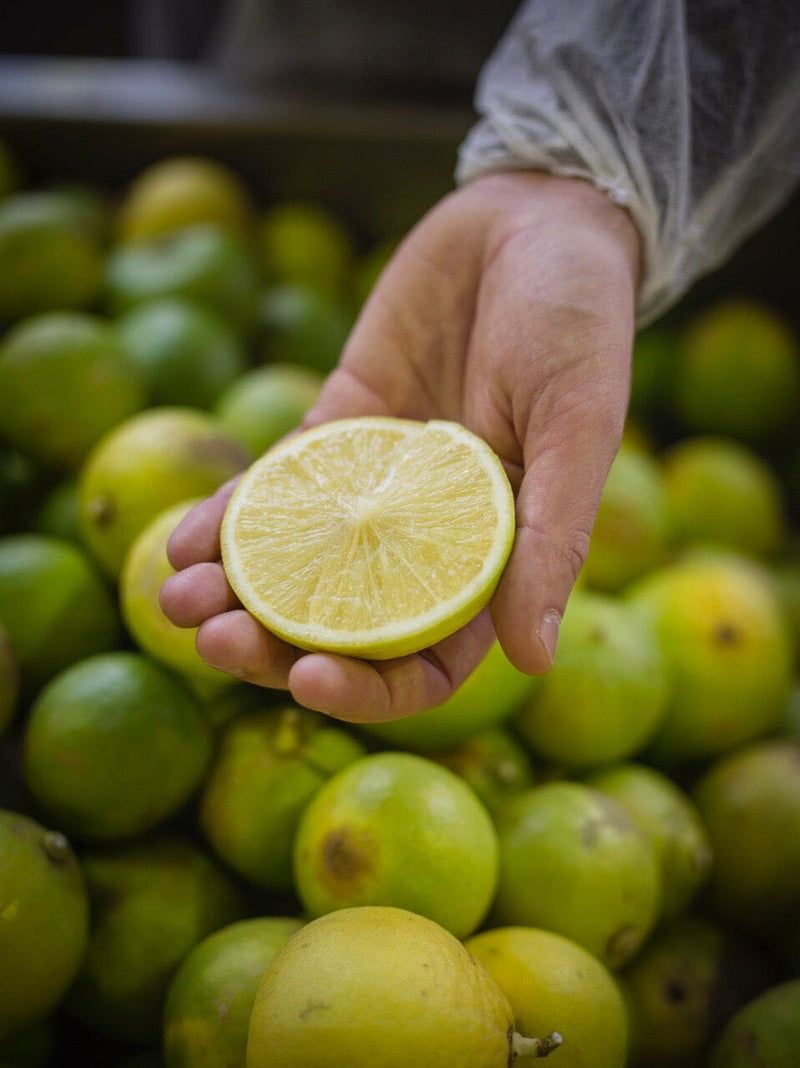
Smell Earl Grey tea? Thank this fragrant Italian oddball! Bergamot’s oils—not its sour flesh—make it a perfume industry darling.
Grown primarily in Calabria, these yellow-green orbs resemble lumpy lemons with attitude. Despite being nearly inedible raw, bergamot’s essence flavors everything from fancy chocolates to designer colognes.
5. Pomelo
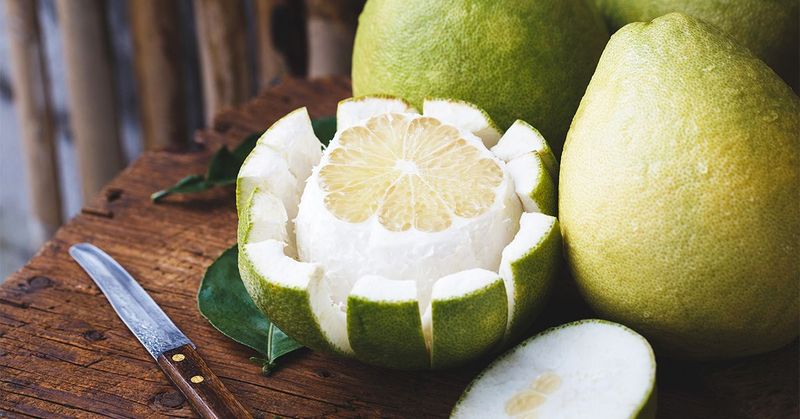
The heavyweight champion of citrus could knock you out if dropped from a tree! Massive pomelos make grapefruits look like wimpy cousins.
Behind their thick, spongy rinds hides sweet-tart flesh that doesn’t squirt juice in your eye. Southeast Asian families traditionally exchange these gentle giants during Moon Festival celebrations.
6. Kumquat
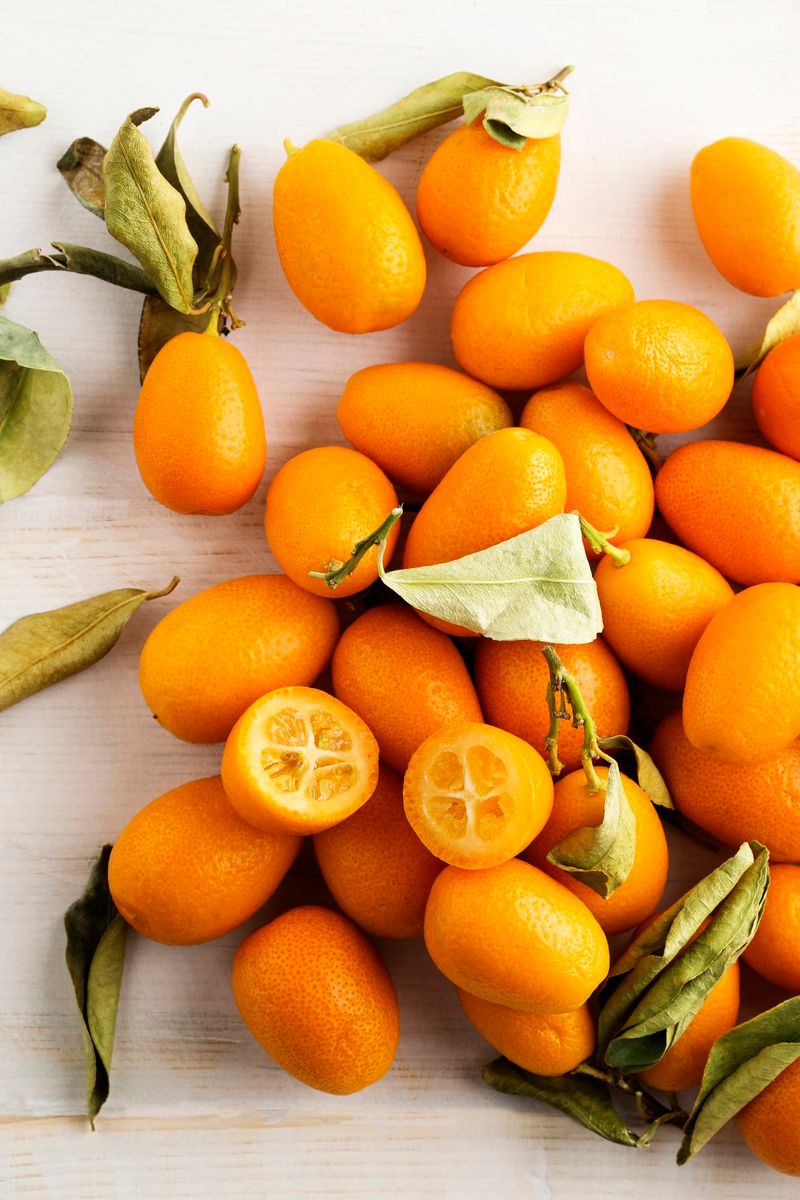
Rules? Kumquats break ’em all! These rebellious marble-sized fruits demand to be eaten whole—skin and all.
The bizarro citrus experience starts with sweet rind, then BAM—sour juice centers wake up your taste buds. Originally from China, these tiny portable snacks require zero peeling and pack vitamin C.
7. Kaffir Lime
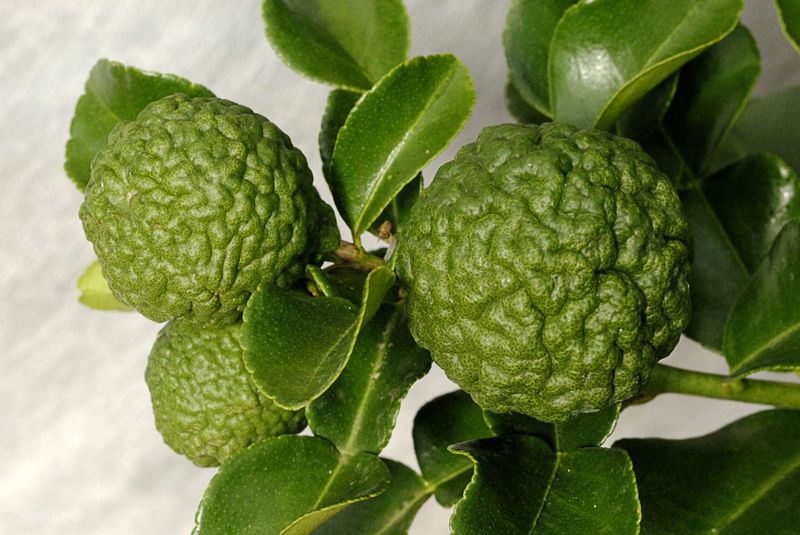
Wrinkled like a green brain, this Thai cuisine superstar barely contains juice—but who cares? The aromatic leaves steal the show in curries and soups!
Bumpy-skinned and intensely fragrant, kaffir limes contain oils that make ordinary limes seem boring. Their distinctly floral zest transforms marinades while keeping mosquitoes away.
8. Sudachi
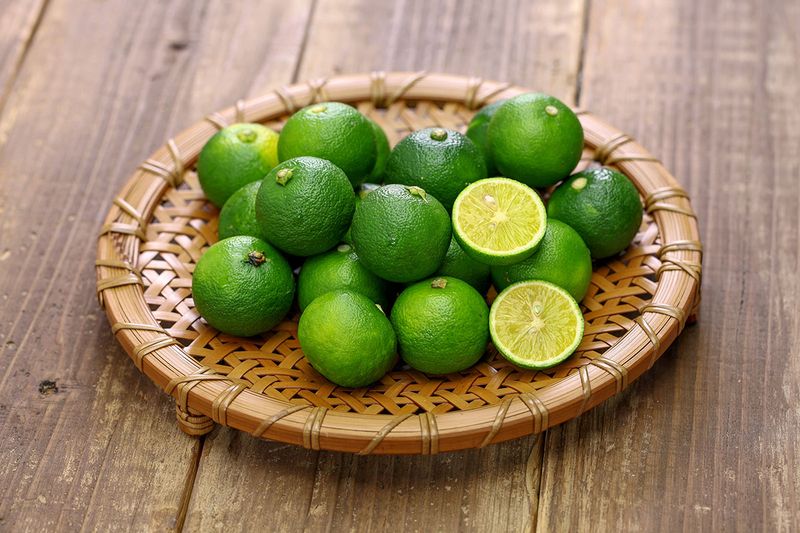
Japan’s secret weapon against bland food looks like lime’s cooler cousin! Harvested while still green, sudachi brings mysterious complexity to dishes.
Sushi chefs reach for these small tart fruits instead of lemons when they need serious flavor. The aromatic juice cuts through fatty fish while the zest adds forest-like notes.
9. Rangpur
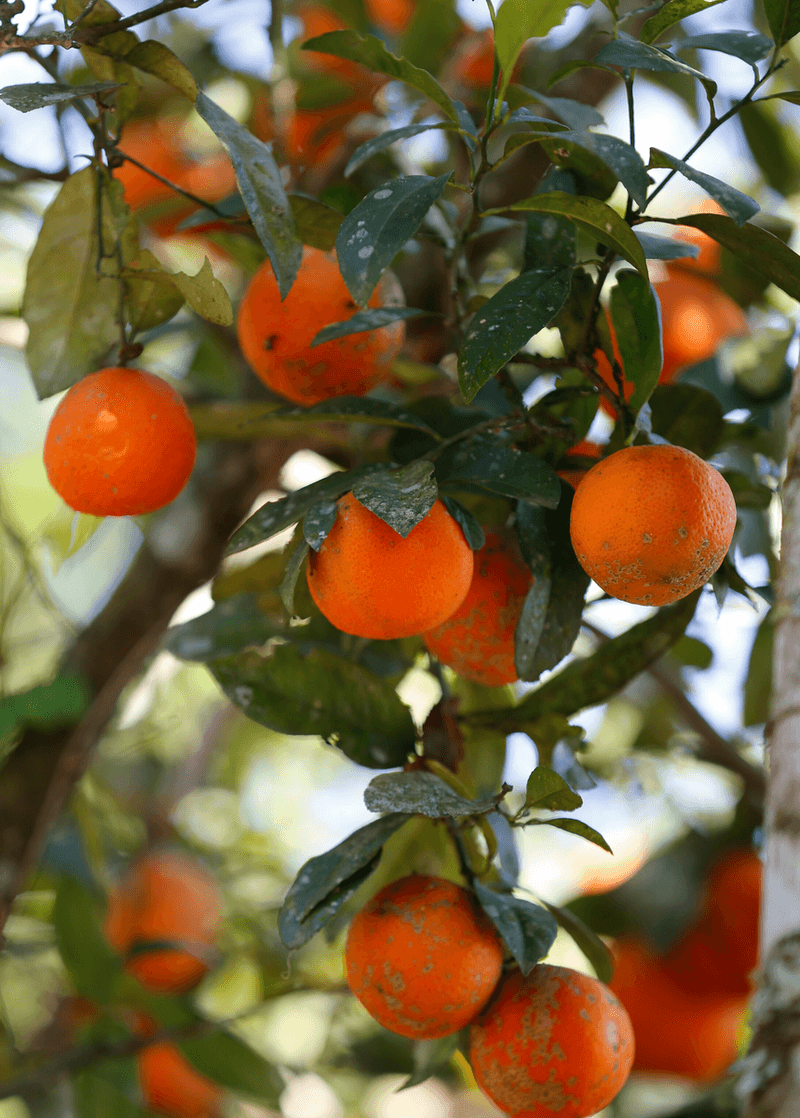
Masquerading as oranges but packing lemon-like tartness, rangpurs confuse first-timers with their identity crisis! These mandarin-lemon hybrids originated in India before globe-trotting.
Beneath their rusty-orange jackets lurks juice so acidic it makes marmalade makers swoon. Mixologists crush them into specialty gins, while chefs prize their complex flavor.
10. Finger Lime
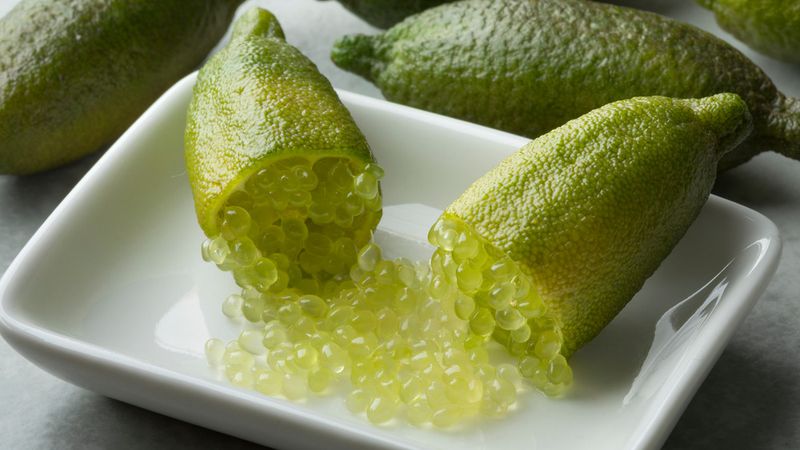
Australia’s weirdest gift to gastronomy contains citrus caviar that pops between your teeth! Slim, finger-shaped fruits hide nature’s most surprising texture.
Slice one open and watch translucent pearls tumble out—each bursting with tangy juice when bitten. Indigenous Australians used them medicinally long before they became culinary gold.
11. Makrut Lime
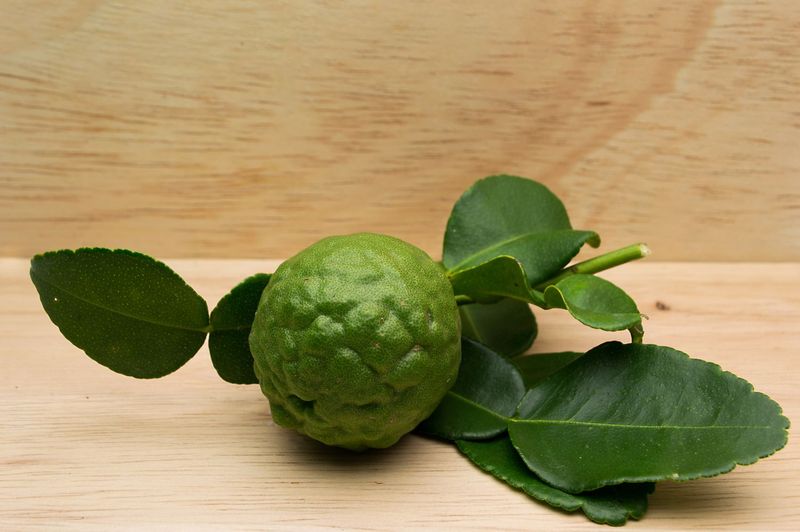
Wrinkly green oddballs with attitude! These bumpy limes contain minimal juice but maximum aroma.
The distinctively shaped double leaves pack more punch than the fruit itself. Cooks crush them into curry pastes or tear them into soups for instant tropical flavor.
12. Oroblanco
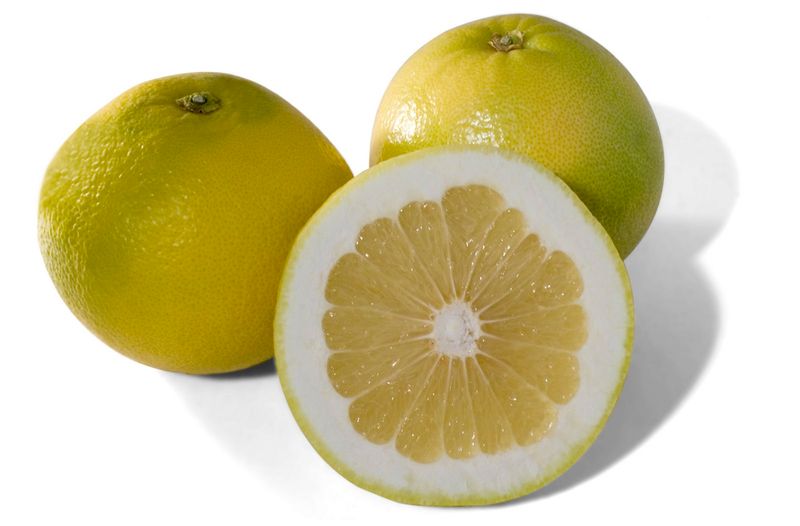
Grapefruit minus the bitter face-puckering aftermath? Yes please!
This California-bred hybrid delivers sweetness without the medication-interfering compounds of regular grapefruit. Thick-skinned with pale yellow flesh, oroblancos offer honey-like flavor without that typical grapefruit bite.
13. Ugli Fruit
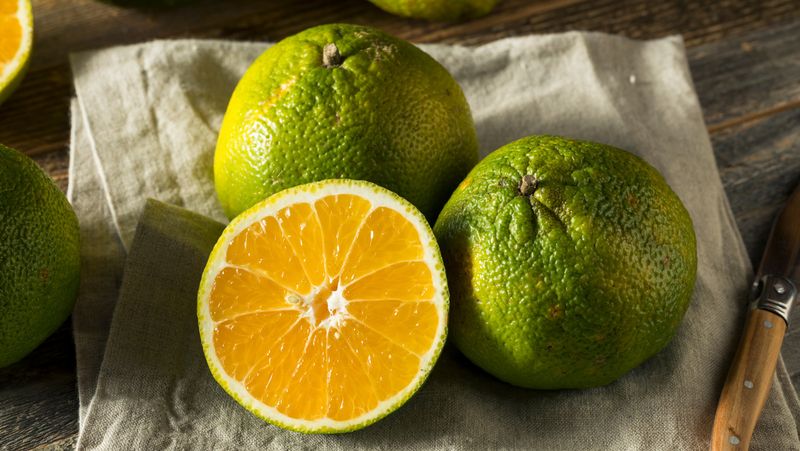
Named with brutal honesty, this Jamaican tangelo looks like it survived a citrus brawl! Beneath its wrinkled, discolored rind hides surprisingly sweet flesh.
Don’t judge this tangelo-grapefruit hybrid by its battered appearance—the loose, bumpy skin peels easily to reveal juicy segments sweeter than grapefruit. Jamaican farmers discovered it growing wild.
14. Citron
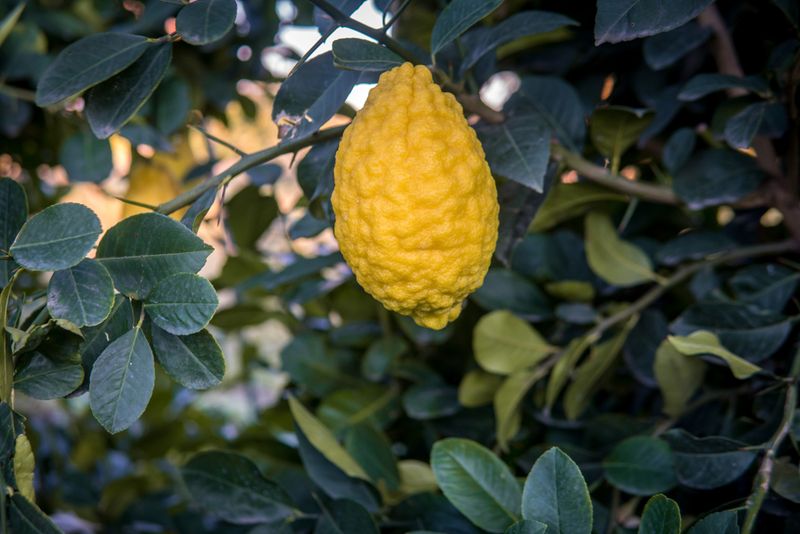
Ancient grandparent of lemons with barely any juice but mountains of fragrant rind! These massive lumpy yellow fruits predated most modern citrus.
Prized for their thick, aromatic peels rather than flesh, citrons starred in religious ceremonies for centuries. Jewish Sukkot celebrations still feature them as sacred objects.
15. Minneola Tangelo

Sporting a distinctive nipple-like knob, minneolas announce themselves as citrus oddballs! These grapefruit-tangerine hybrids deliver juicy sweetness with just enough tang.
Their loose, deep orange skin practically unzips itself. One minneola can flood your kitchen with juice—bring napkins!
16. Meyer Lemon
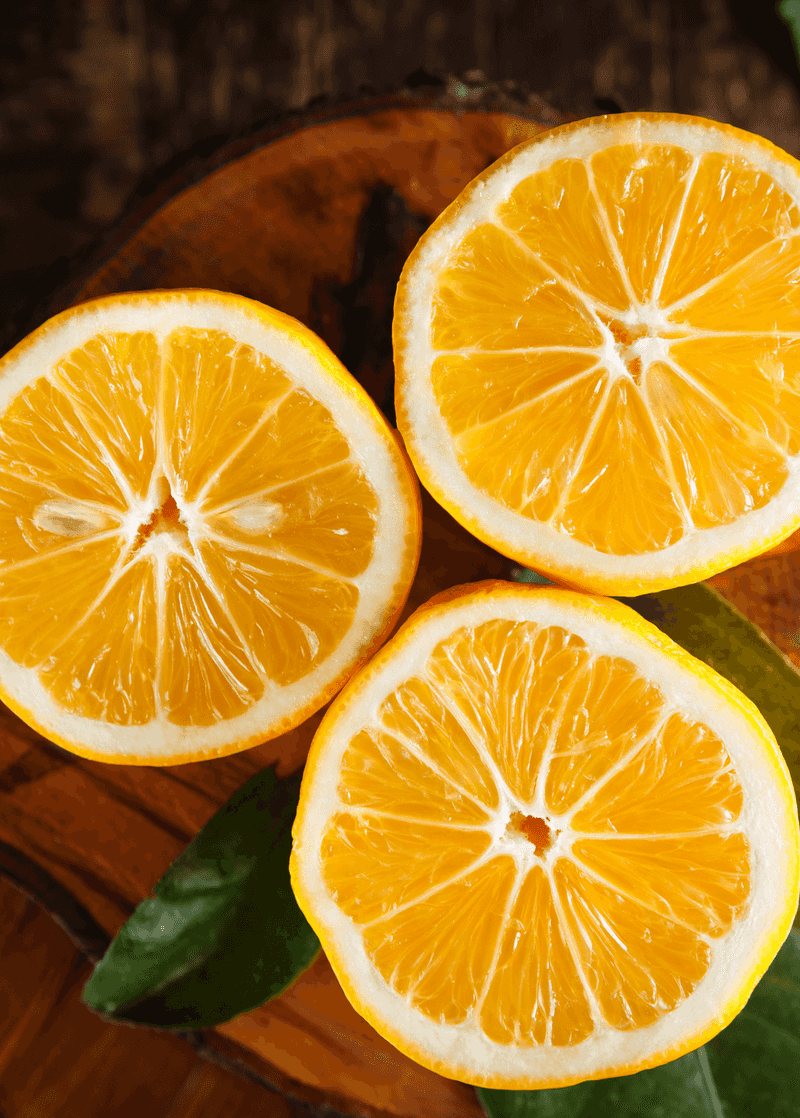
China’s gift to dessert lovers everywhere! These orange-yellow gem deliver sweetness regular lemons can only dream about.
Meyers contain less acid and more floral notes. Bakers fight over them for pies and bars. Their thin, fragrant skin makes them completely edible—rind and all—when sliced thin for cocktails.

